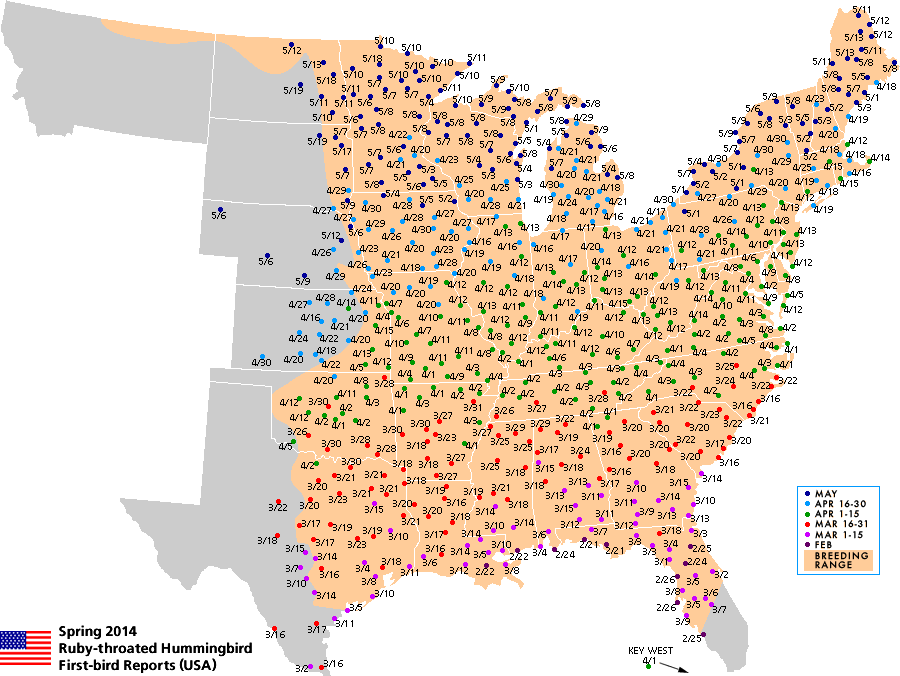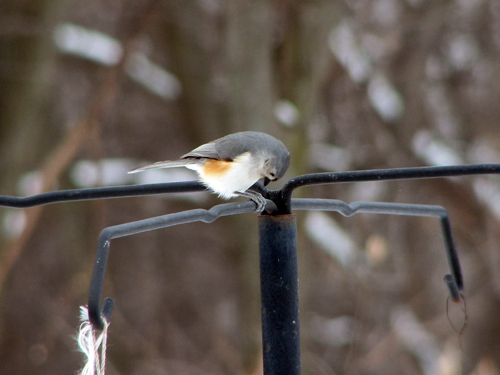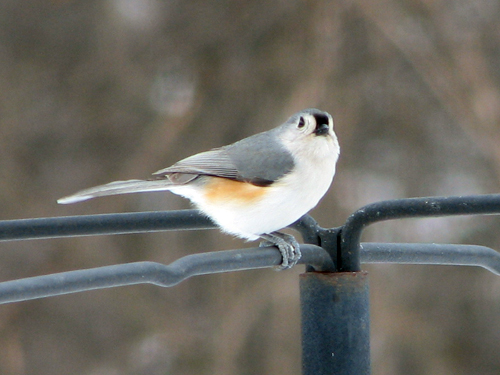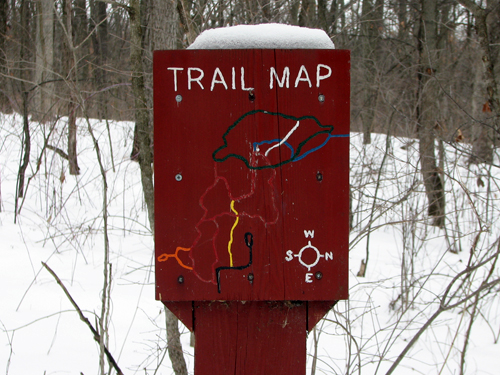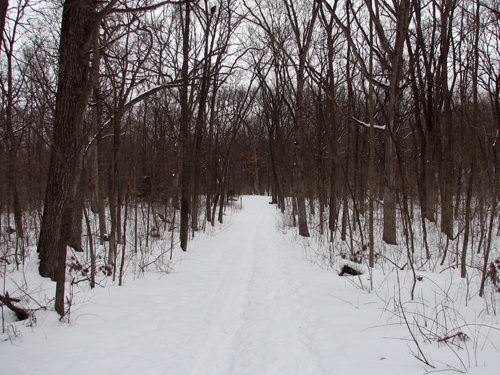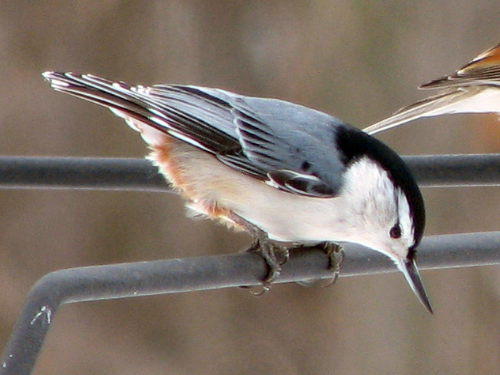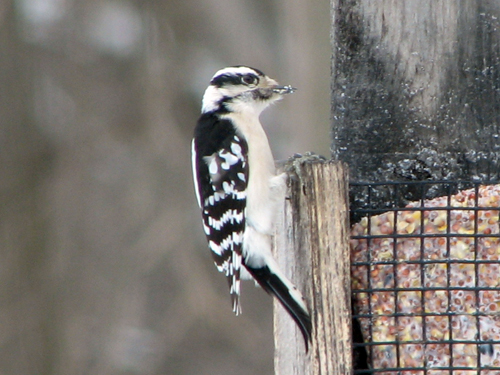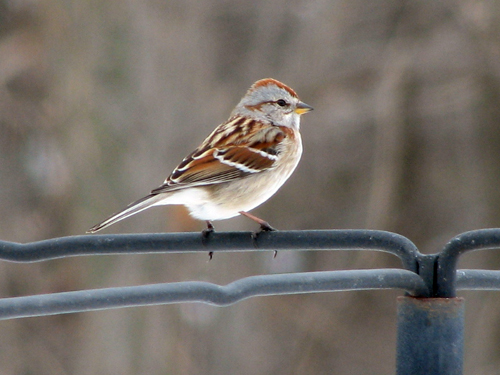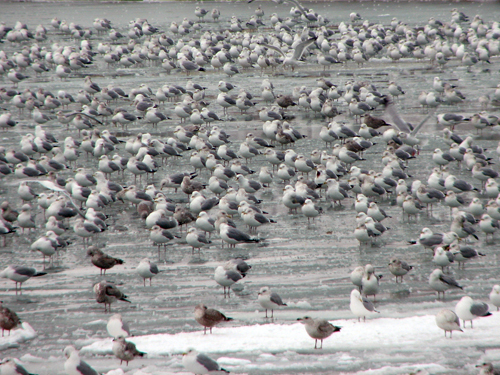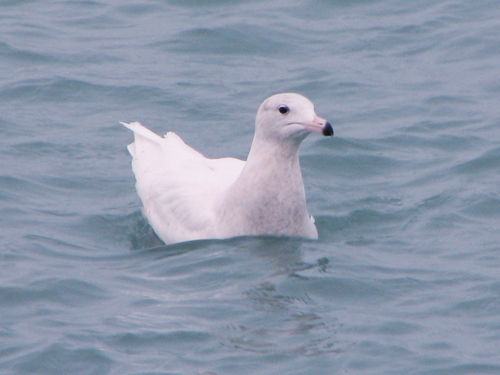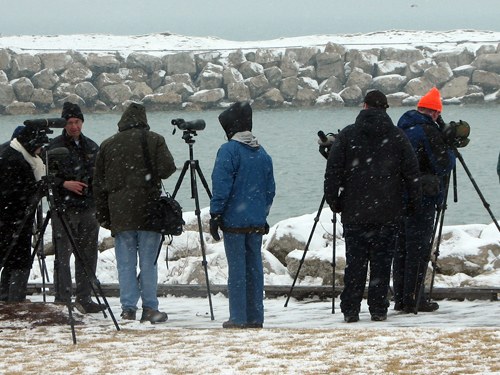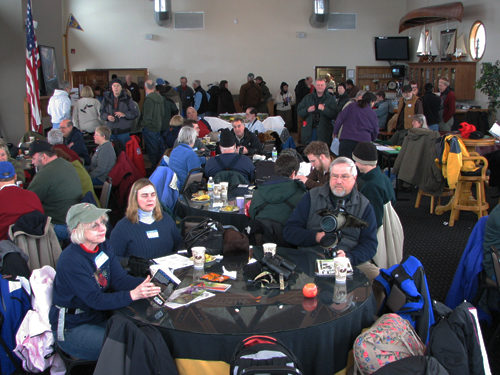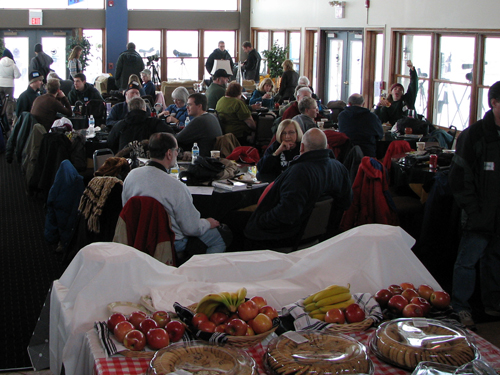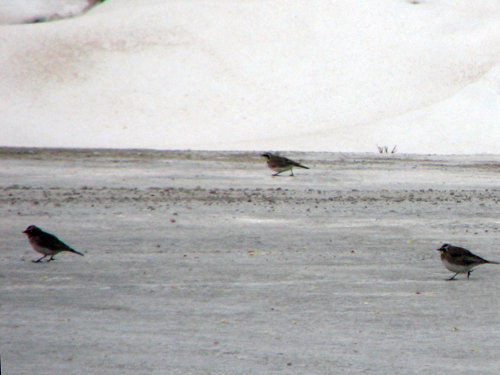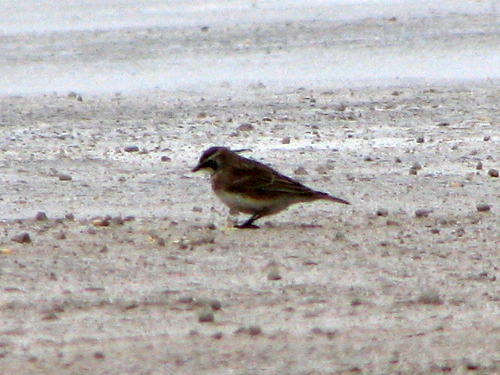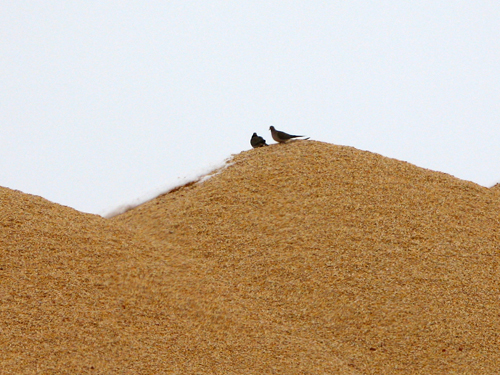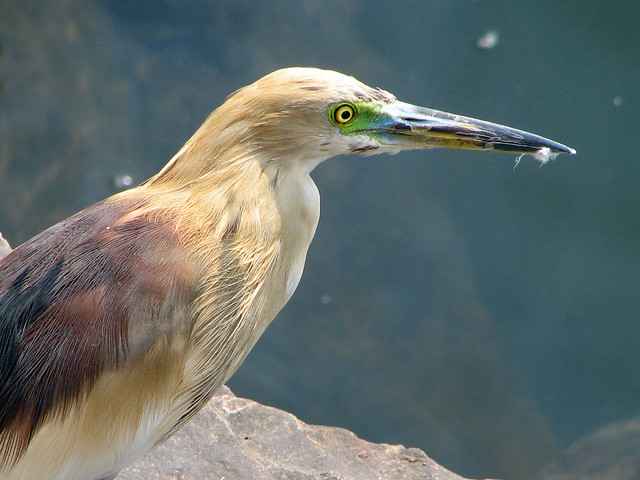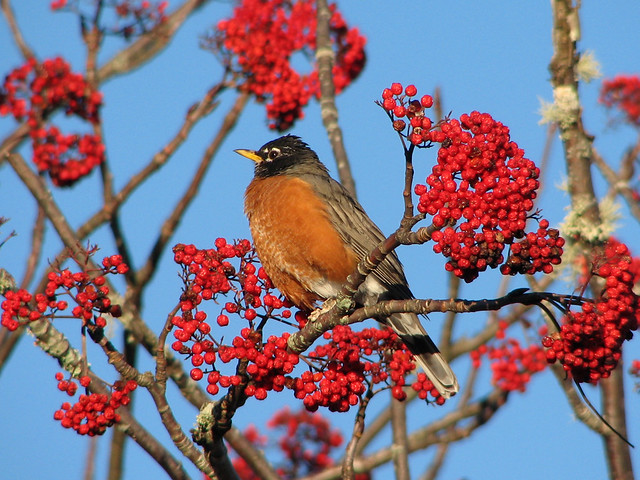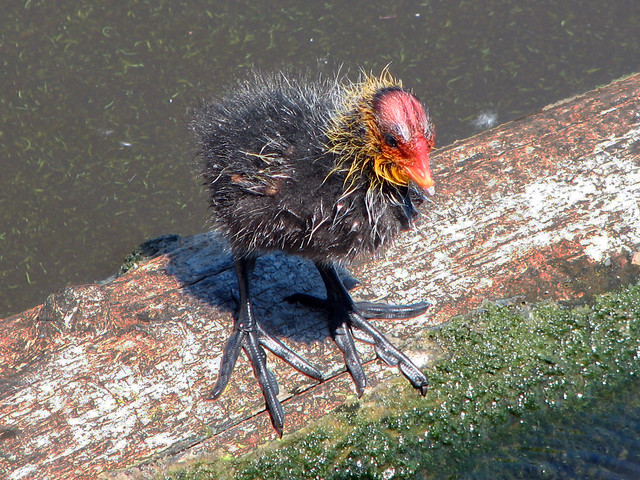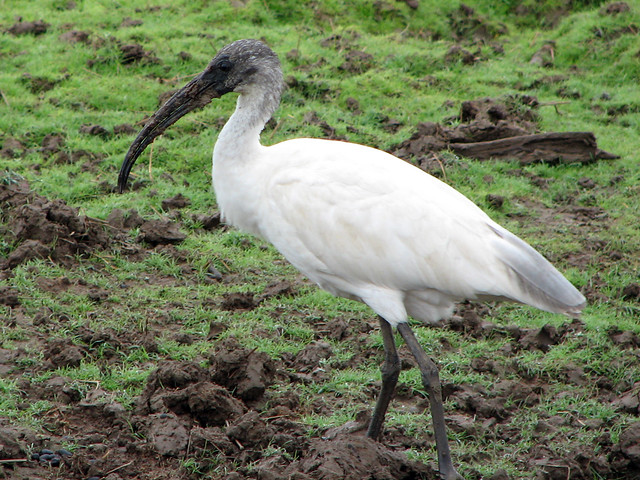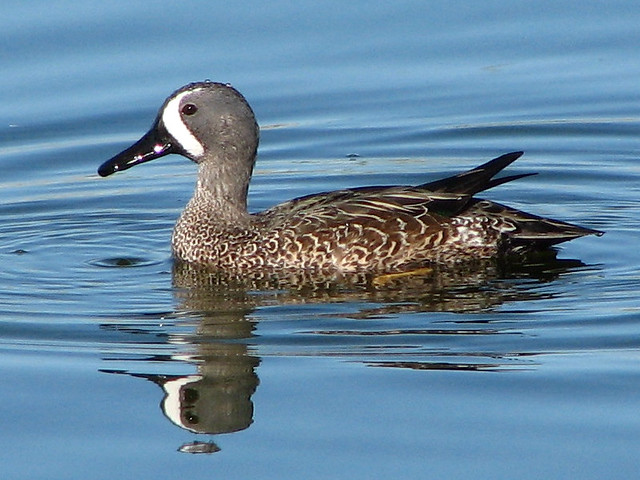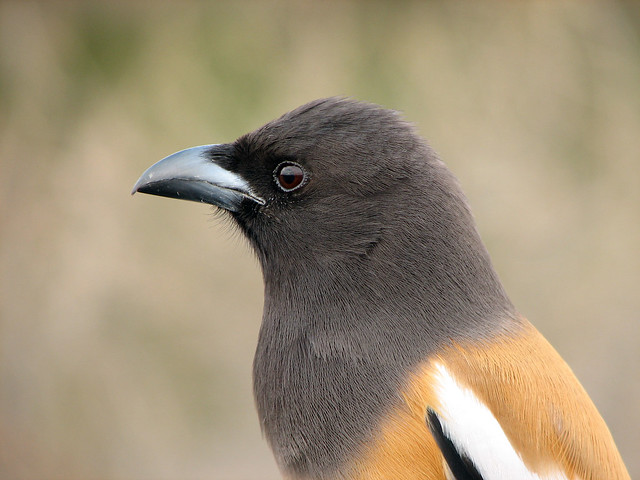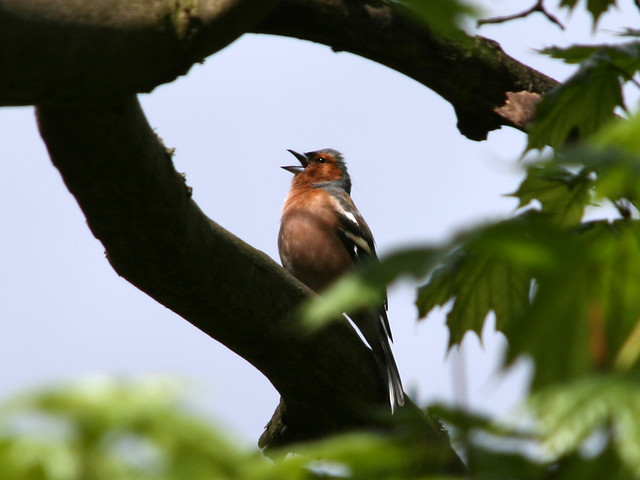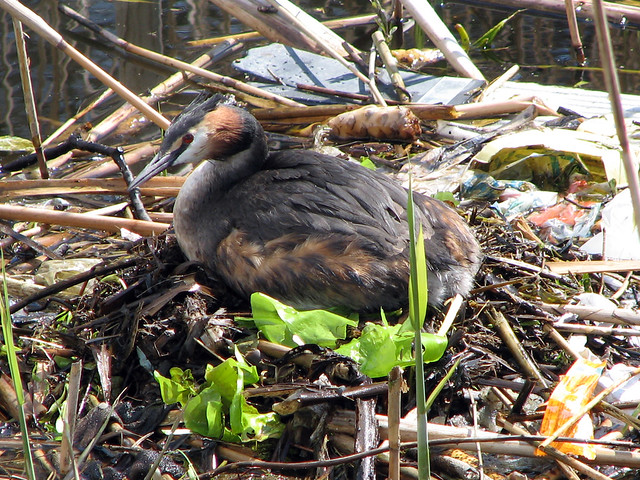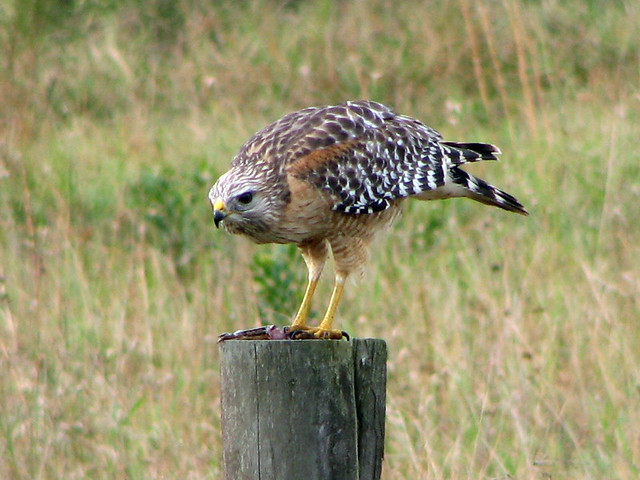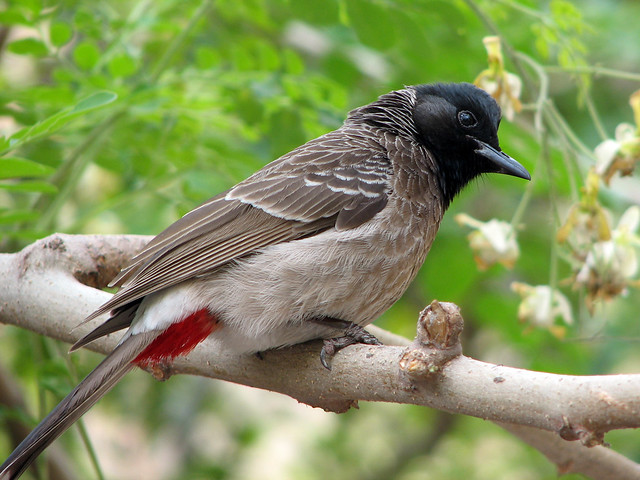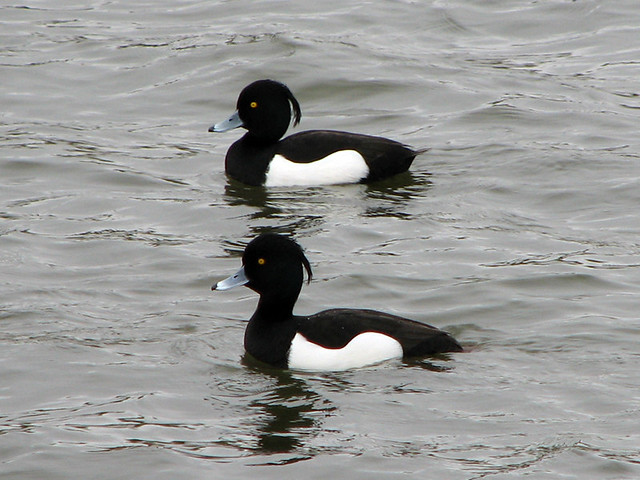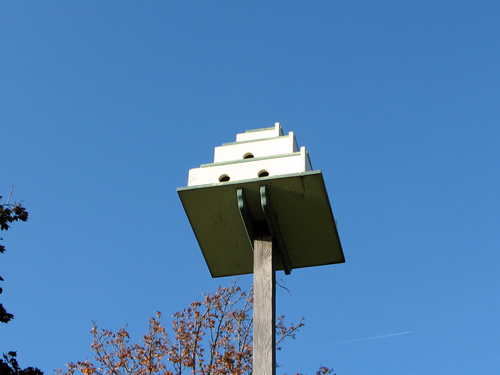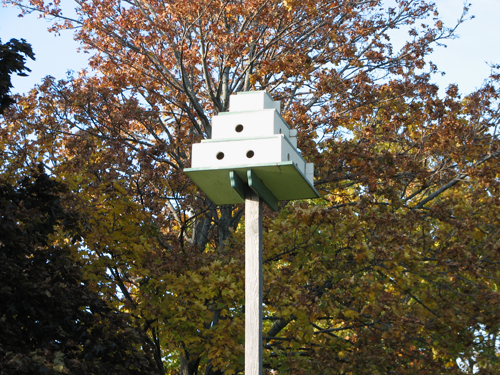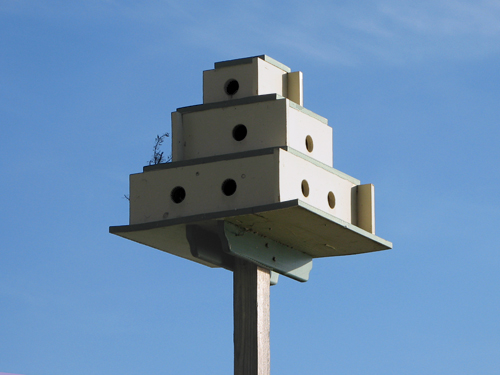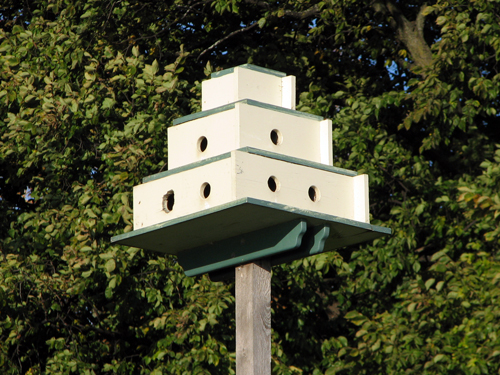When Arthur and I first started becoming interested in birds back in Holland, Arthur’s father told us about a site he’d seen called vogelkijkhut.nl, which I kind of like to think was our spark thing (no spark bird). Vogelkijkhut means bird-look-hut or bird hide, and the website is a totally awesome directory of the all the bird hides in the Netherlands. The site is also integrated with waarneming.nl, similar to North America’s eBird. There is basic information for each entry, including type of site (blind or hide, screen, tower, etc), whether there is parking and if it is accessible via public transportation. Further details are provided per site, including user-submitted photos, detailed driving or public transport directions, habitat, and recent bird and wildlife sightings via the waarneming.nl link. The site is naturally in Dutch, but if you look at the page on our favorite local birding spot, Starrevaart, you can get a good idea of the wealth of information on the site. There are 376 locations listed in total.
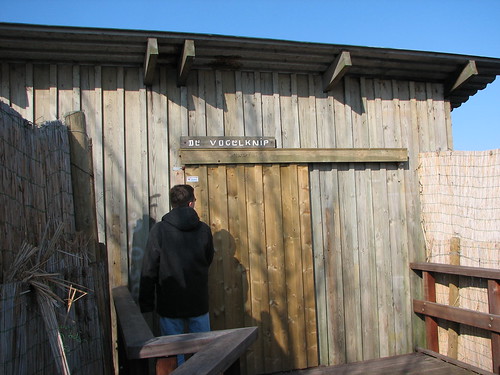
The entrance to the hide at Starrevaart. Note how the path to the door is also blinded from wildlife.
We would base weekend outings on bird hides we found on this website. Since vogelkijkhut.nl is linked to waarneming.nl, we could look on the site at the hides close to our home or intended day-trip location and see what birds were recently seen from that hide.
Our interest in birding grew as we easily found new birding sites within our reach, with loads of data about each site available at our fingertips. Birding from hides meant that we could sit and enjoy great views of birds that would go about their business – without noticing all the bird groupies that were watching their every move.
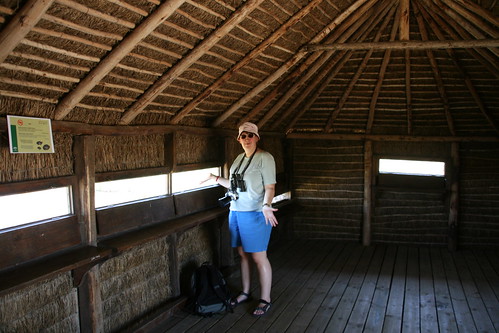
Bird hide with low windows at Doñana National Park in Spain
As our interest continued to grow, we would bird farther and farther afield, and during the years we lived in Rotterdam and Leiden we were able to take several trips within Europe where we usually tried to fit in some birding. A lot of this birding was also done from hides.
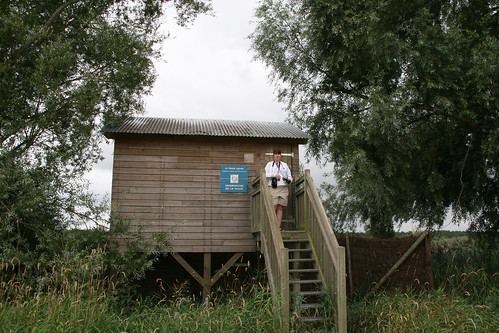
Exiting a bird hide in the Loire Valley, France
When we moved back to Illinois in late 2008, we looked forward to American birding, presumably some of which would be from some good American bird hides (I guess we call them bird blinds, here?) – boy were we wrong!
Why aren’t there bird blinds here? Why are the majority of bird observation areas we come across locally open decks? Why are there so many hides in the Netherlands and Europe? This question has been on my mind a lot lately, and I can’t really come up with one good answer.
Of course, I’ve only got experience birding around our local counties (Lake, McHenry and Cook) and a very little bit of birding in Florida and Ohio (just a few day’s worth), so it could be that there are more wildlife observation blinds in other parts of the country. It’s just the near complete lack of them in our own birding excursions is so disappointing. I mean, birding by butt is so comfy, am I right?

Open “blind” at Merritt Island NWR in Florida
I started a Flickr pool for bird hide images a little while ago. Unsurprisingly, most of the photos are from hides in Great Britain, the Netherlands, and other parts of Europe. (If you’ve got photos of bird blinds or other wildlife observation constructions, I would love for you to add them to the pool.)
If birding is such a popular hobby here in the United States, why aren’t there more comfortable hides from which birds and other wildlife can be observed?
America has a lot more conserved land than Europe, so one reason may be that wildlife viewing opportunities are more restricted across the pond, and providing a blind from which to view animals 1) makes the chance of seeing some wildlife more likely and 2) is less likely to disturb the birds and animals that are living in the restricted natural area. In the Netherlands there seems to be a bird hide at every natural park or wildlife area we came across, while here in Lake County I only know of one true blind, a small building on the Tamarack Trail at Volo Bog (also the smallest hide I’ve ever seen).

Observation blind at Volo Bog
There are, however, several sites in the county where bird or wildlife observation areas are set aside. At Rollins Savanna there is an open viewing area with a couple of scopes. A platform was recently built at Prairie Wolf Slough for viewing the wetland.
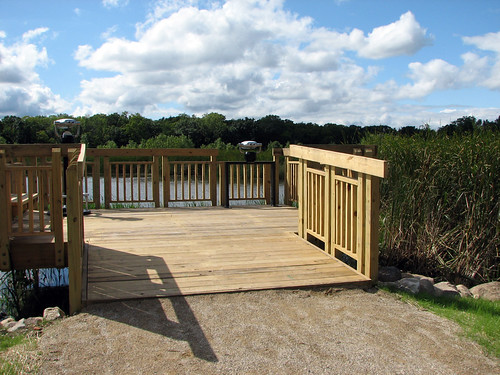
Viewing platform at Prairie Wolf Slough
Could weather be a factor? It rains a lot in the Netherlands, much more than here in northern Illinois. Are there a lot of covered bird blinds in the Pacific Northwest of the United States?
Are there a lot of bird or wildlife observation blinds at your favorite local birding patches? Do you have any ideas as to why we seem to lack blinds here while Europe uses them extensively? I would really love to hear your theories!
Share the birds, share the love!




